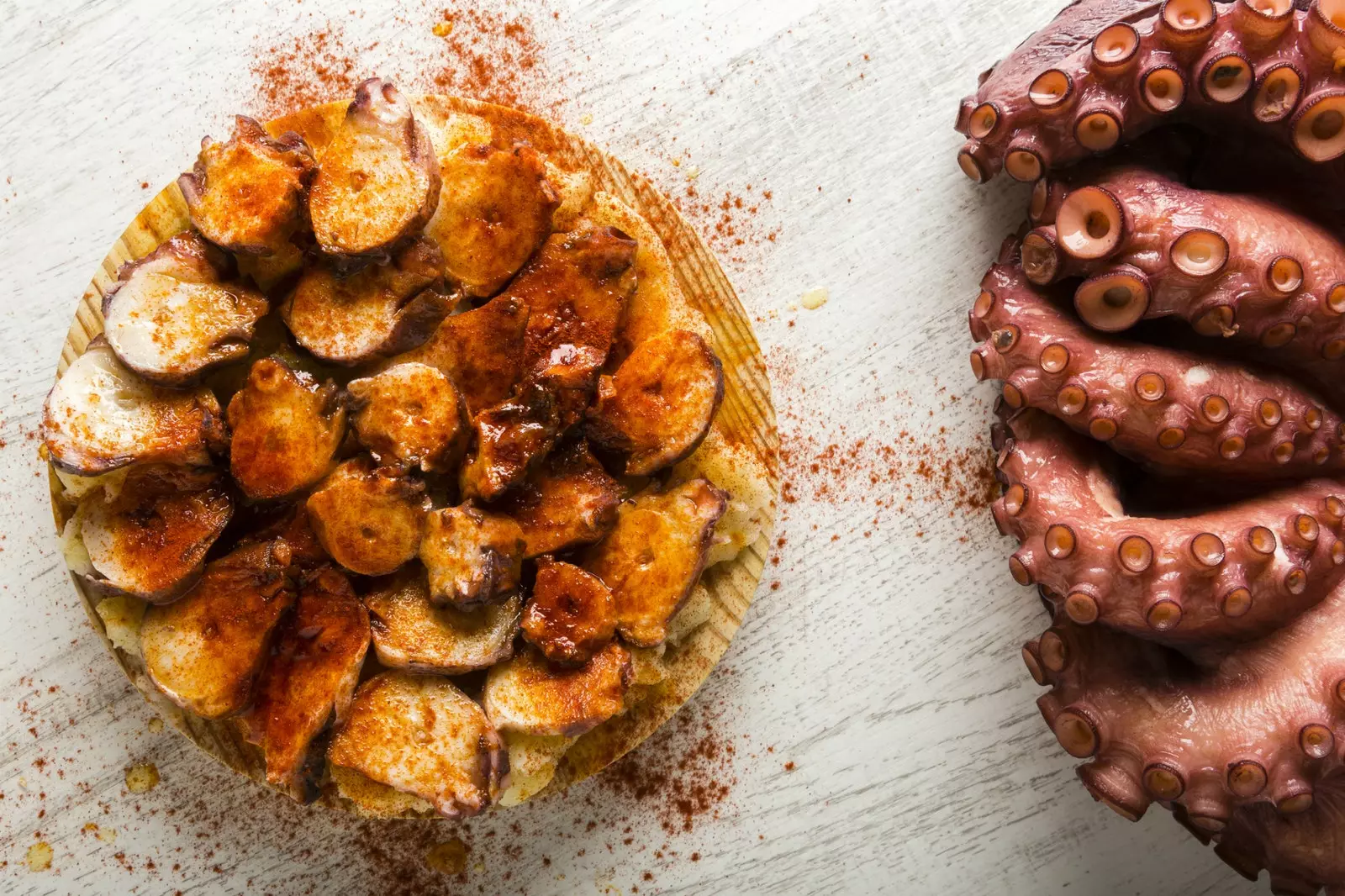
The Galician octopus a fair does not need a cover letter.
Surely you have already come to Galicia on some occasion. And if you haven't done it yet (you're already late), you will undoubtedly have tried some of its most classic tapas. The octopus, the empanada or the Herbón peppers are something that, at this point, need few presentations and the tortilla deserves a route all to itself.
But if you decide to come to the northwest for tapas and intend to do it like a native, immersing yourself deep in the world of Galician bars and taverns, the best thing is that, in addition to those unquestionable classics, try other specialties, those that those of us who live here know but that do not always appear in the guides; those that sometimes will make you doubt what you are ordering, but that you will be glad you tried.
Because there is a whole world of tapas beyond the topics, beyond the classic croquettes and empanadas, which will make your trip even more attractive. Here's a field guide so you don't get lost among local specialties, intriguing names and less common preparations.
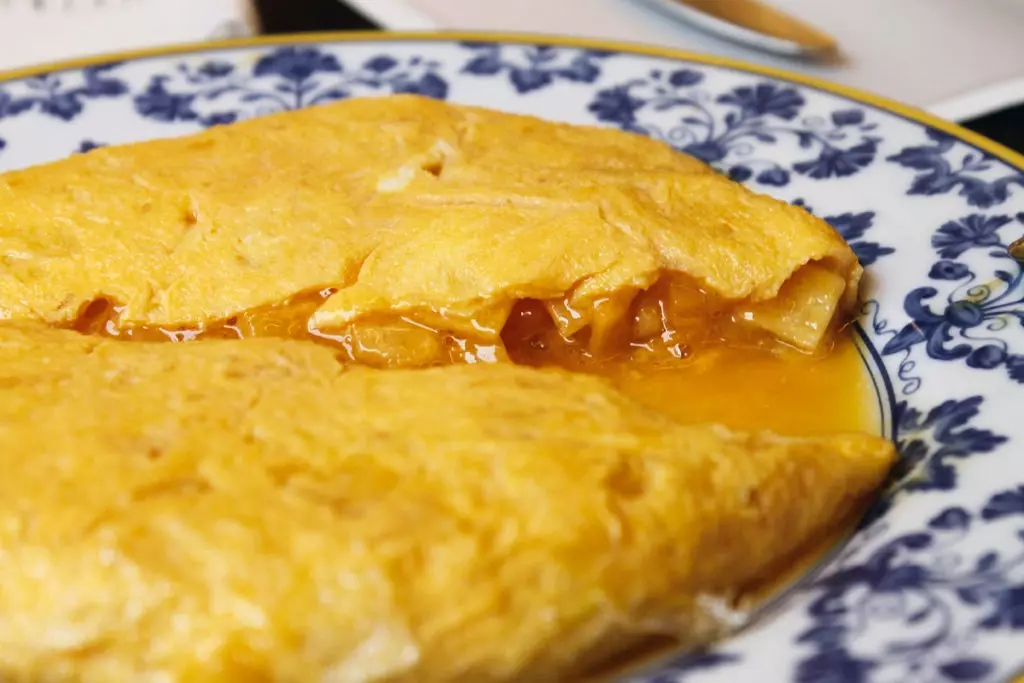
Betanzos omelette: either you hate it or you love it.
THE COURTESY LID
Although Santiago and Lugo were traditionally the capitals of the courtesy tapa, which is served free with your drink at certain times (normally between 1:00 p.m. and 3:00 p.m. and between 7:30 p.m. and 10:30 p.m. although, like almost everything here, this is also relative), the truth is that today it is a custom extended to all of Galicia.
You can find everything from some potato chips or a mix of nuts to a crab, a bowl of broth to take off your hat or a fried jurelito. That's why it's worth not being satisfied with the first thing you come across and exploring a little.
In A Coruña, for example, almost anywhere you will be served wonderful tripe on Sunday. If you don't know where to start, go to the Miga restaurant and continue to Culuca or, if you want a more traditional atmosphere, O Barqueiro (Av. Santiago, 13) or La Taberna de Rita (Rúa Estrella, 20).
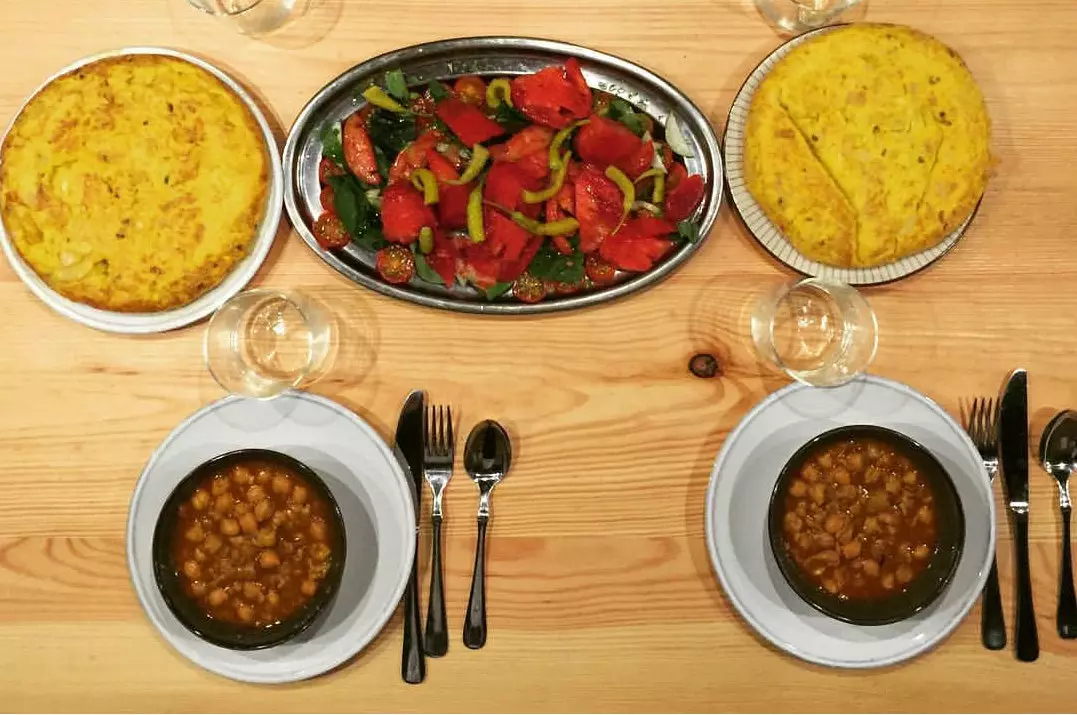
"Sundays aren't Sundays if you haven't sunk your teeth into some tripe," they say at the Miga restaurant.
In Lugo you will see that it is not simply that there is a courtesy cover but that it comes in (at least) two batches. Normally, when you order your drink they will offer you a tapa to choose from several: maybe a rice of the day, maybe liver with onions, lacón à feira, beef ao caldeiro, some kidneys… Then, while you wait, a waiter will surely come by with a tray of some simpler options: maybe some cold cuts, maybe a meatball, or maybe a piece of empanada. And if you order a second drink the ritual starts all over again.
One of the places that never fails to discover this type of tapas is Las Cinco Vigas, with specialties such as stewed tongue. It also has the advantage of being in the heart of the city's wine area, so it's the perfect base camp for a wider route.
In Santiago you will find the courtesy tapa taken to the extreme without losing quality on the terrace of the San Clemente. The drink is a little more expensive than in other places in the area (nothing serious, we speak, maybe 30 or 40 cents), but in exchange they will give you two or three courtesy tapas and they will ask you what you want as a kitchen tapa: maybe a squid stew, a stewed meat, a bean stew or something equally appetizing.
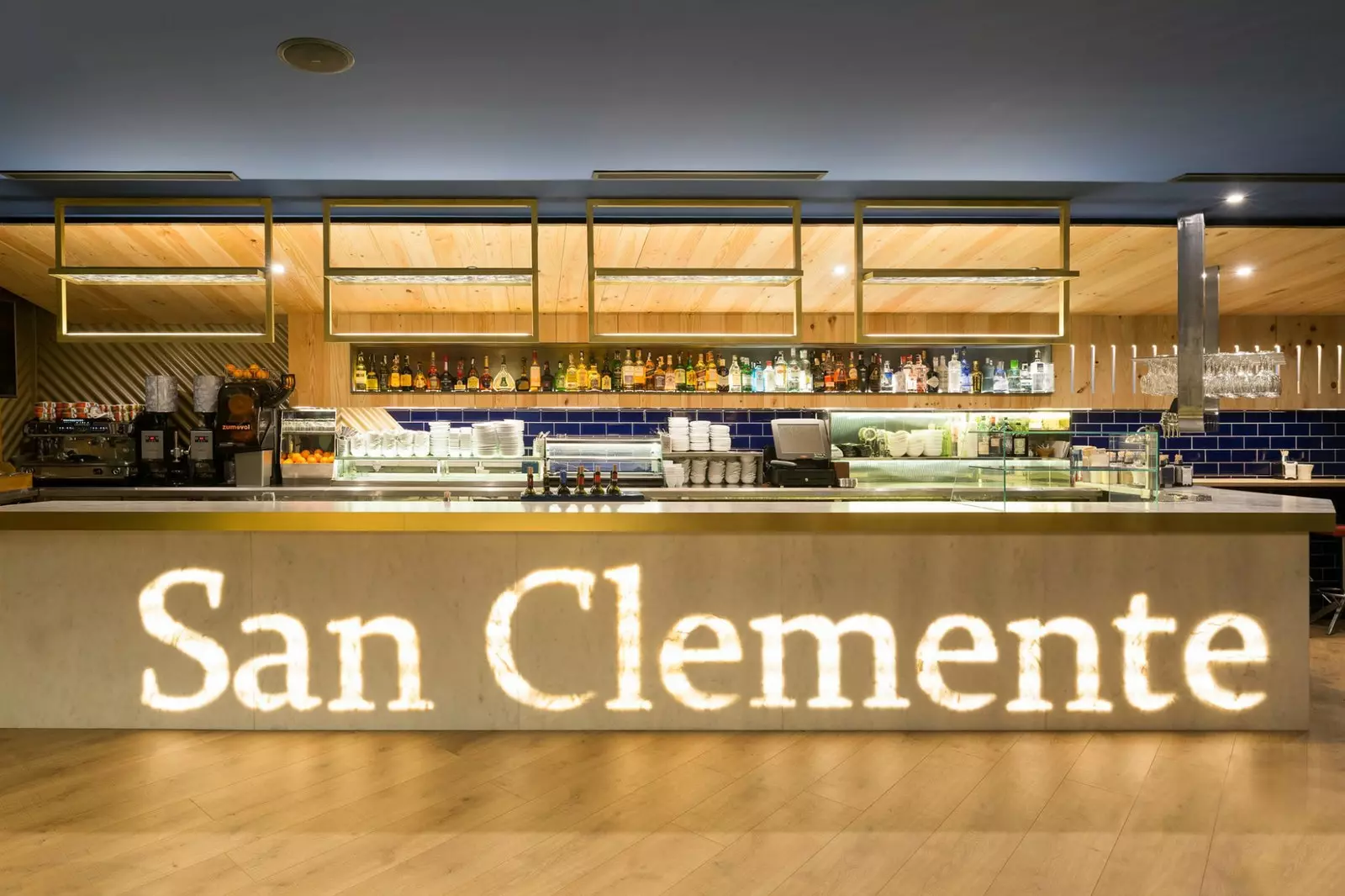
The tapas at San Clemente are some of the best in Santiago.
TAKE A WALK ON THE WILD SIDE
In Galicia we are very given to crocodiles and tigers. The first They are small fillets of loin that are served accompanied by some potatoes. which are almost better than the main ingredient. There is debate about whether they were born in Santiago or Coruña, as there is about the origin of the name. But the important thing is that you can try them both in one city and in another.
In Compostela, the Abellá has been making this specialty the house brand since 1994. In A Coruña, the most famous are, surely, those of the Tasca A Troula. And if you are in Pontevedra, do not despair, because there the name will not be crocodiles, but in O Parvadas, one of the most traditional taverns in the center, They serve a portion of raxo (loin) with potatoes that is very similar to them.
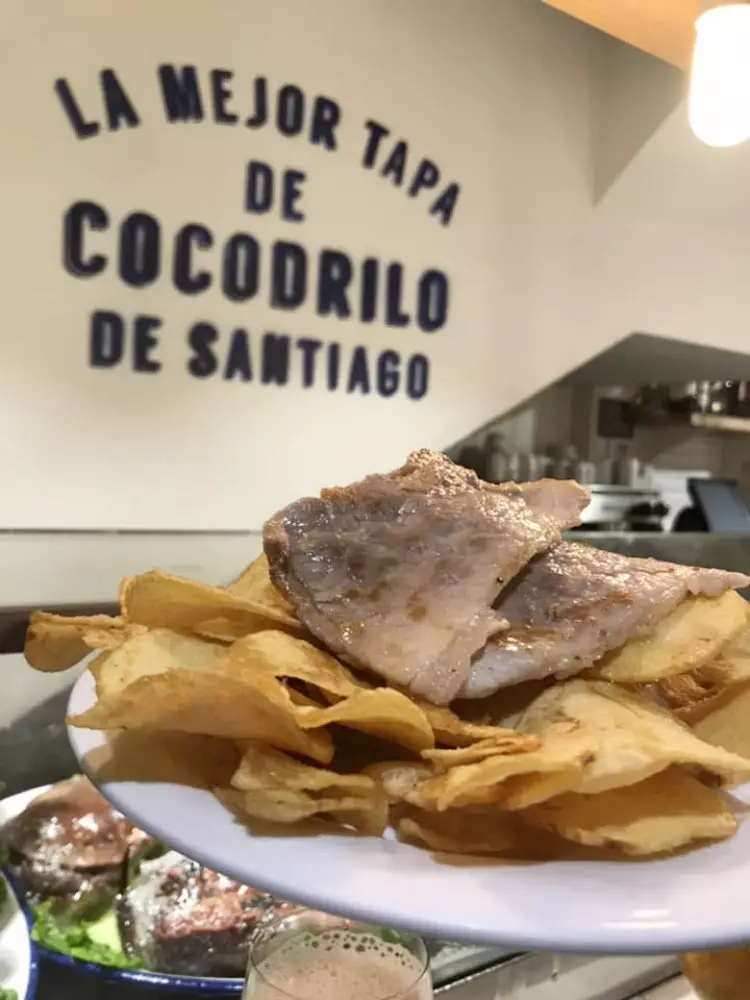
With nothing else to add to the photo poster.
And if we talk about tigers, or rabid tigers, here we mean mussels with a spicy sauce whose formula is jealously guarded by the locals. In Santiago the Trafalgar ones are famous, which also has one of the most beautiful signs in the center, but they are about to close.
Do not despair, next door is La Cueva, a traditional tavern that is now managed by the same family and that continues to serve the usual tigers: one courtesy with your drink or portions. In A Coruña they are so successful that there is even a place, Os Tigres Rabiosos, with their name. And in Xinzo da Limia (Ourense) you can try them at A Taberna da Trocha.
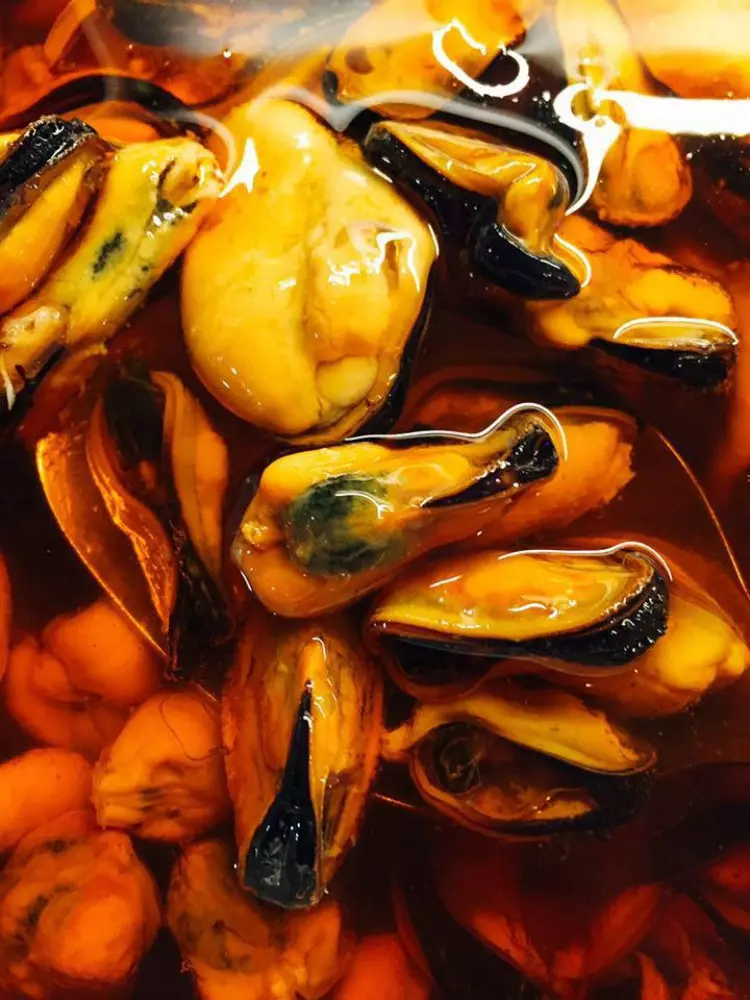
Mussels at Os Tigres Rabiosos.
dumplings
Surely not many people associate the empanadilla with traditional Galician tapas, but for decades it was one of those cheap and forceful ways to fill the stomach for little money. There were even locals who managed to turn them into a local specialty. This is the case of El Espía, an old tavern in Monforte de Lemos, which he made famous the zocas, some dumplings that a lady sold at her door. Today the place has another management and the zocas are only offered on a few days, but they even have their own party that makes their success clear.
Currently Vigo is the city that has best maintained the empanadillero fervor. And there are at least two places that are vying for the throne: A Tapa do Barril, with its wide range of fillings of all kinds, and Bar Carballo. Let each one decide.
The route of the empanadilla can continue through Bar San Xes in Ourense or through Coruña in Santiago, where they are faithful to those thick and fluffy doughs They go so well with a beer.

Few associate empanadillas with tapas in Galicia.
FROM THE PIG, TO THE WALK
And if we start with the head, we can start with the ear, a symbol of places like Bar Orellas (Ourense) or Orella (Santiago) where it is served cooked and with a touch of paprika. The Abelleira bar, in Bertamiráns (A Coruña) almost always offers a courtesy tapa that can range from a bit of stew with its ham to some cashira (pork mask) with potatoes and its specialty is rixóns, the Galician version of pork rinds, that here we cook slowly in its own fat, as if it were a pulled pork, and that in this house they still prepare in a wood stove.
And since we are with the cracklings, which are known here as rixóns or roxóns, depending on the area, let me introduce you to his illustrious brother, the roxóns da graxa or fat cracklings, nothing more and nothing less than part of the fat that covers the viscera of the salted and fried pork. They're not exactly light – they couldn't have it all – but they have legions of devotees in Ourense, where you can try them at Dos Puertas, for example, and in Ferrol, where they're served at places like Taberna Puerto Chico.
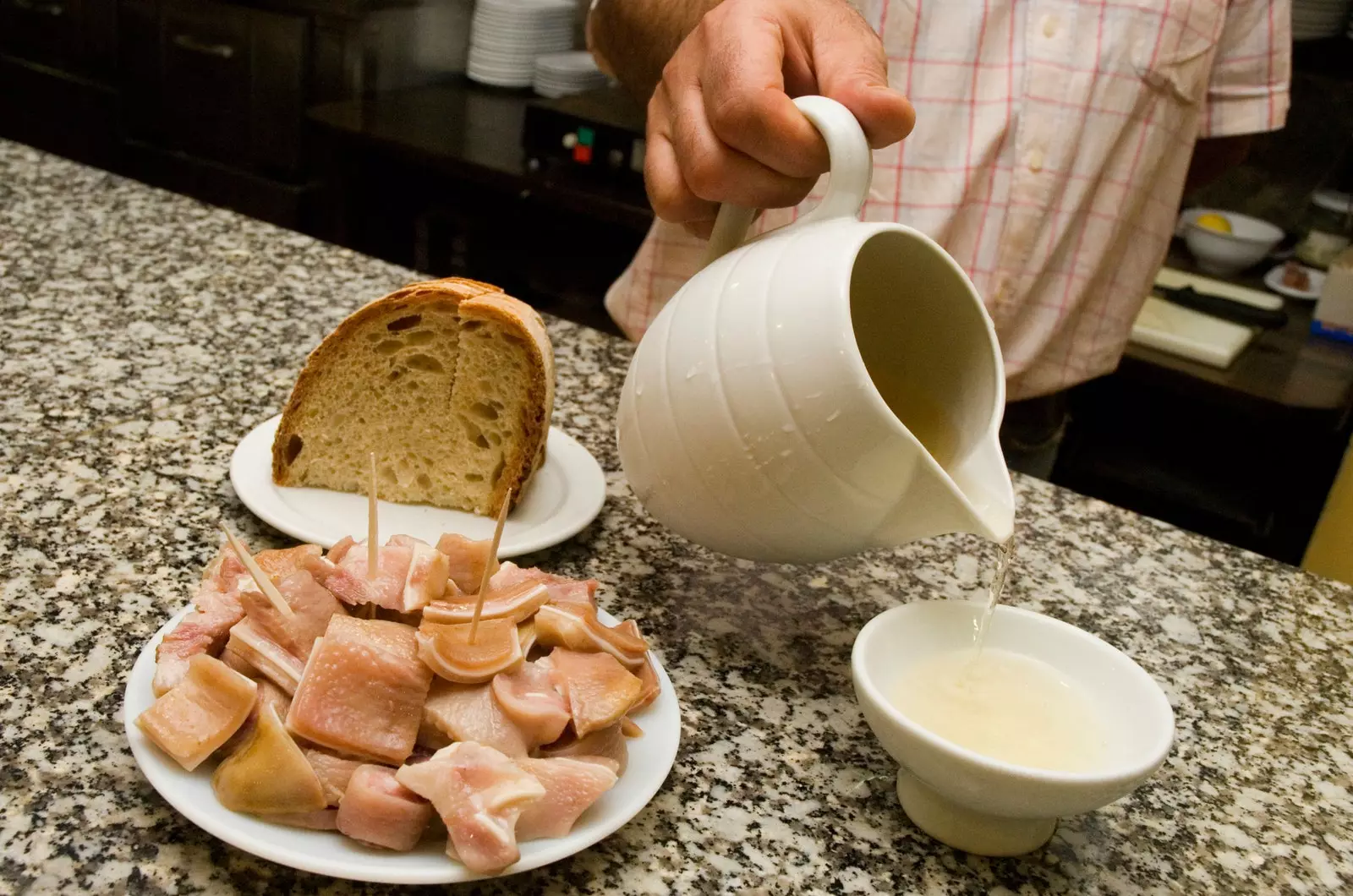
Pig's ear and Riveiro at Bar Orella de Ourense.
If you have encouraged yourself with the pork rinds and want to go one step further in pork tapas, I'll up the ante with tripas, a very popular tapa in the past, which today arouses love and hate in equal parts.
In Lugo you will find them, served with potatoes and paprika, as a courtesy tapa at Taberna Daniel. In Ferrol, where they are even more popular, they are usually seasoned with oil and lemon and served with boiled potatoes in places like Mesón Meirás or Bar Sur.
And we end in Vigo with O Porco (the pig, for a reason) name by which everyone knows the one that is officially called Mesón do Xamón, in the heart of Casco Vello. The ideal here is to start with a beer and some homemade bark. And then, if you feel hungry, continue with a sandwich of roasted ham, very tasty, or the sandwich of champions, the pig's ear.
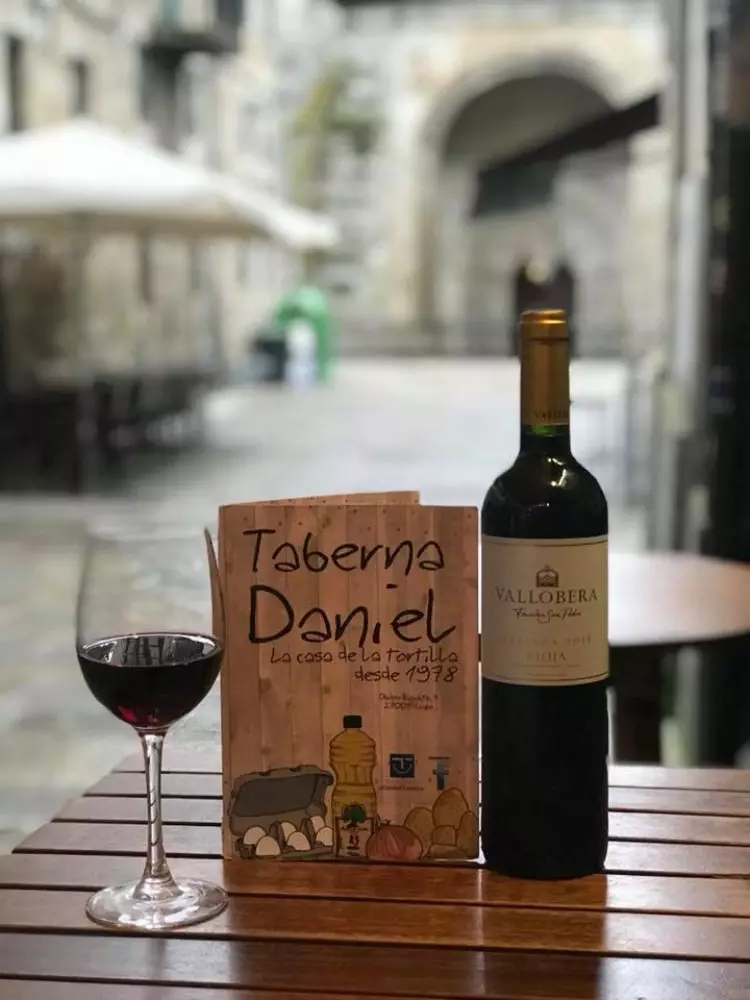
La Taberna Daniel is known for its tortillas, but we recommend you try their guts.
